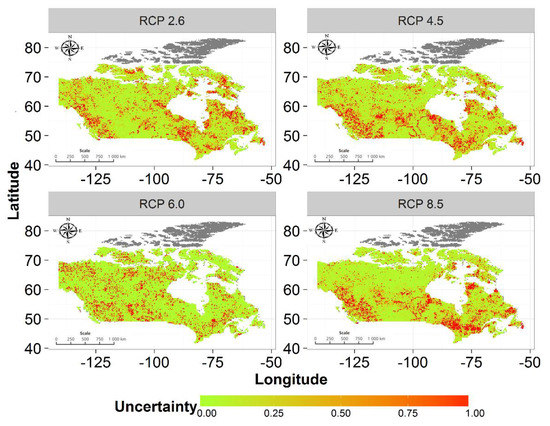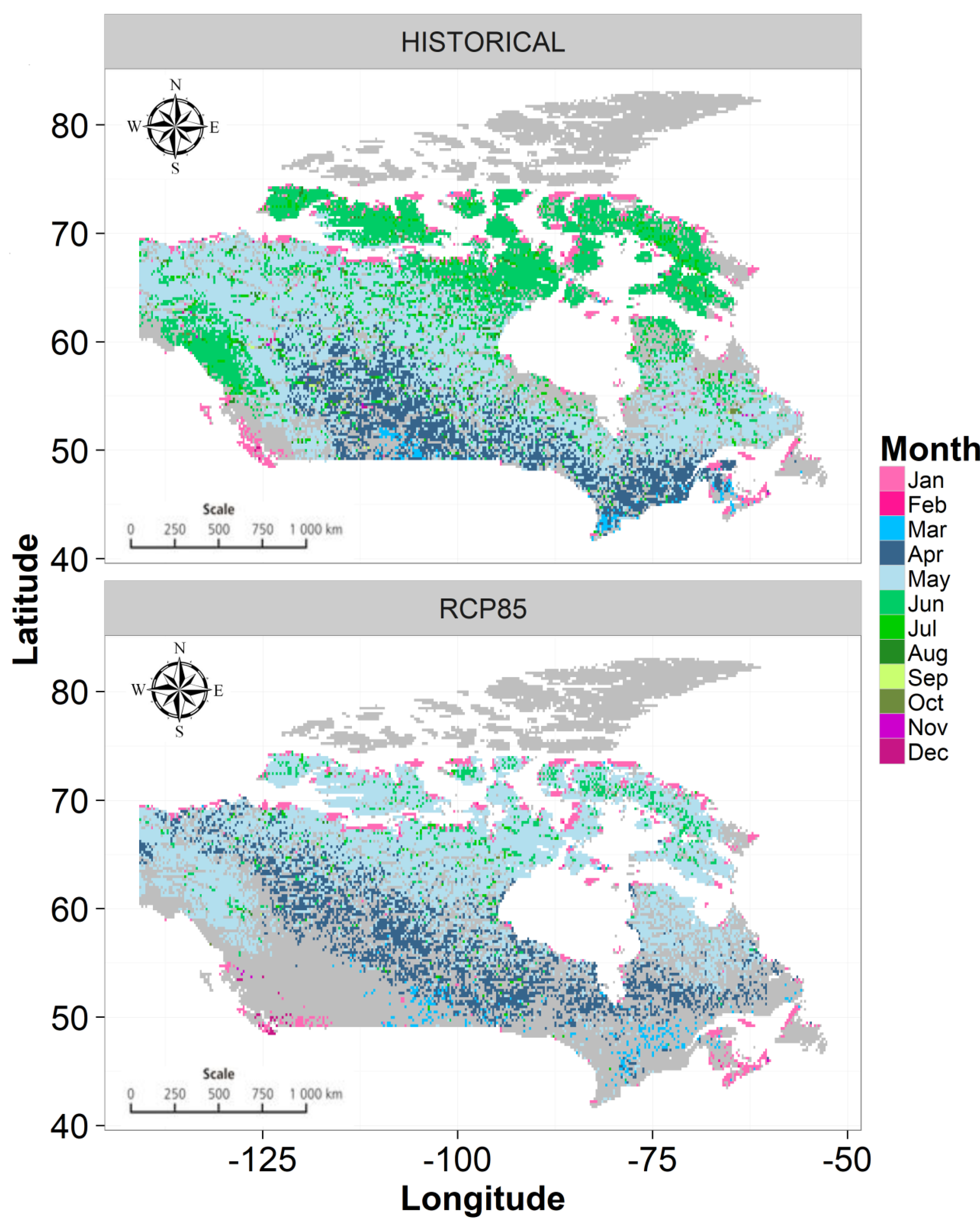
Where possible, data has been validated against historic flood reports and FEMA flood claims. Methods used in the Flood Model have undergone an expert academic panel review and have been submitted to scientific peer-review journals. The creation of the First Street Foundation Flood Model required an unprecedented partnership of more than 80 world-renowned scientists, technologists, and analysts. Additionally, FEMA zone designations are not a factor in calculations used to determine a Flood Factor score.
FLOOD FACTOR CANADA CODE
Please note that only FEMA maps are used to determine flood insurance and building code requirements, not Flood Factor scores. In contrast, a property that has a 47% chance of at least 1 inch of floodwater reaching the home will have a major Flood Factor of 6.
Properties with at least a 99% chance of flooding over 30 years will have a Flood Factor of 6 or higherįor example, a property that has a 6% chance of at least 1 inch of floodwater reaching the home will have a moderate Flood Factor of 4. Properties with at least an 80% chance of flooding over 30 years will have a Flood Factor of 5 or higher. Properties with at least a 26% chance of flooding over 30 years have a Flood Factor of 4 or higher. Properties with at least a 6% chance of flooding over 30 years will have a Flood Factor of 2 or higher. These boundaries produce a set of rules that can be used to understand why one property may have a Flood Factor of 4 while another has a Flood Factor of 7. The specific depth and likelihood of flooding expected to reach a property is used to determine the boundaries for each level of flood risk. In the Flood Factor Matrix below you can visualize how Flood Factors increase as the depth and likelihood of flooding increases. While it is still possible for properties with a Flood Factor of 1 to flood, they are not included in the Flood Factor matrix. Properties with less than 0.2% chance of flood water reaching the building footprint in every year analyzed are considered to have minimal risk or a Flood Factor of 1. Properties more likely to flood at a greater depth have higher Flood Factors. Flood Factor scores increase as the likelihood of flooding increases, the projected depth of flooding, of both over the lifetime of a 30-year mortgage. Because flood risks accumulate over time, it specifically looks at the likelihood of 1 inch of water reaching the building footprint of a home at least once within the next 30 years. A property’s Flood Factor is determined by its likelihood of flooding and the potential depth of that flood. The First Street Foundation Flood Model is used to determine the likelihood of a flood occurring within a given year and the projected depth of a flood. 
Properties with higher Flood Factors are either more likely to flood, more likely to experience high floods or both. Calculation of Flood Factor scoresĪ property's Flood Factor is an indicator of its comprehensive, thirty-year risk of flooding from rainfall, overflowing rivers and streams, high tides, and storm surges, ranging from 1–10. Use Risk Factor™ to find property-specific flood risk assessments for any U.S.

The data used to calculate a property's Flood Factor® comes from the First Street Foundation Flood Model, a nationwide flood model that calculates the likelihood of a flood based on a location’s history and geographic information, such as elevation, climate, changes in the environment, proximity to water, and adaptation measures.

Flood Factor scores are based on the depth and likelihood of floodwater reaching the physical structure of a home.







 0 kommentar(er)
0 kommentar(er)
